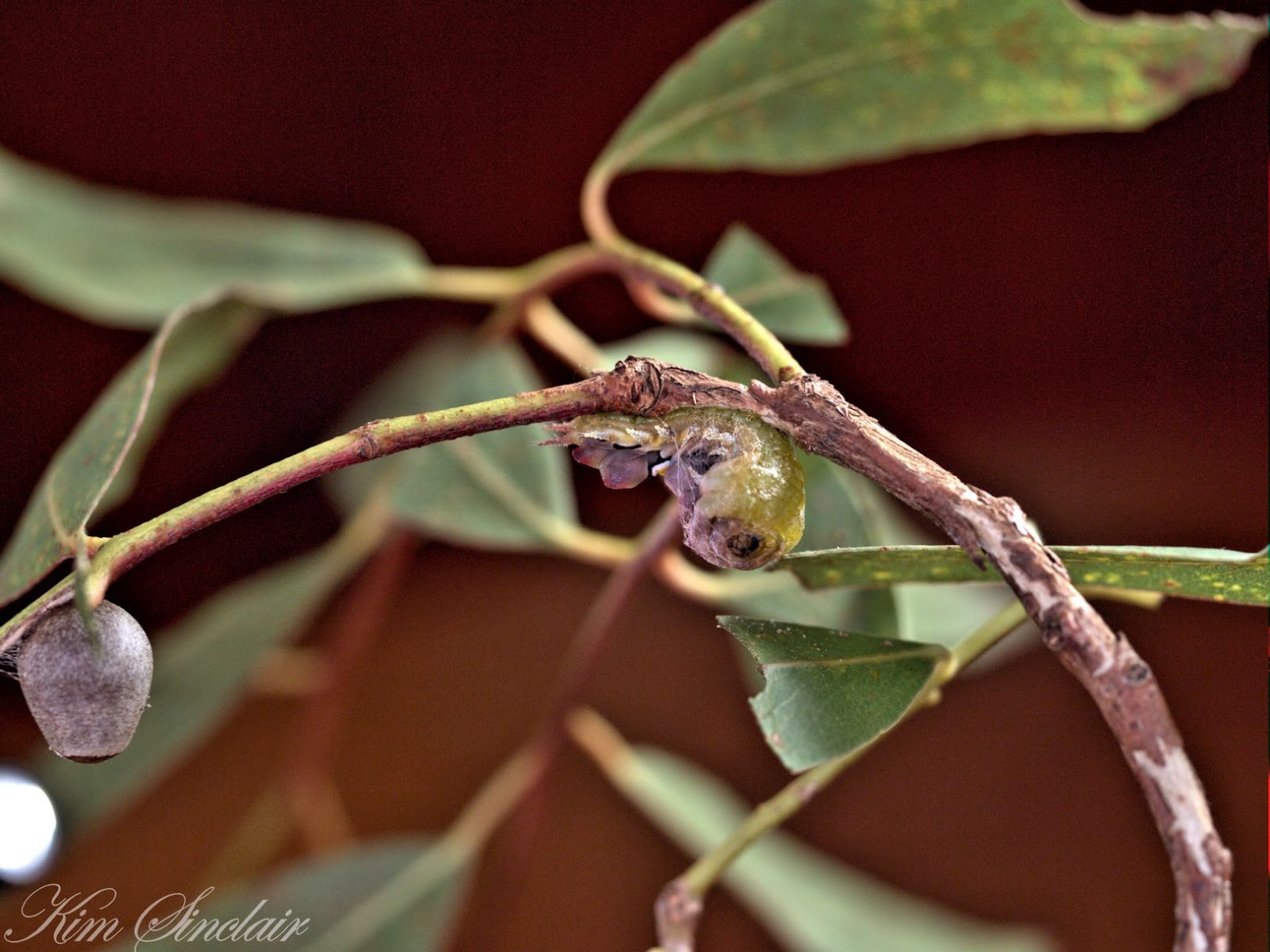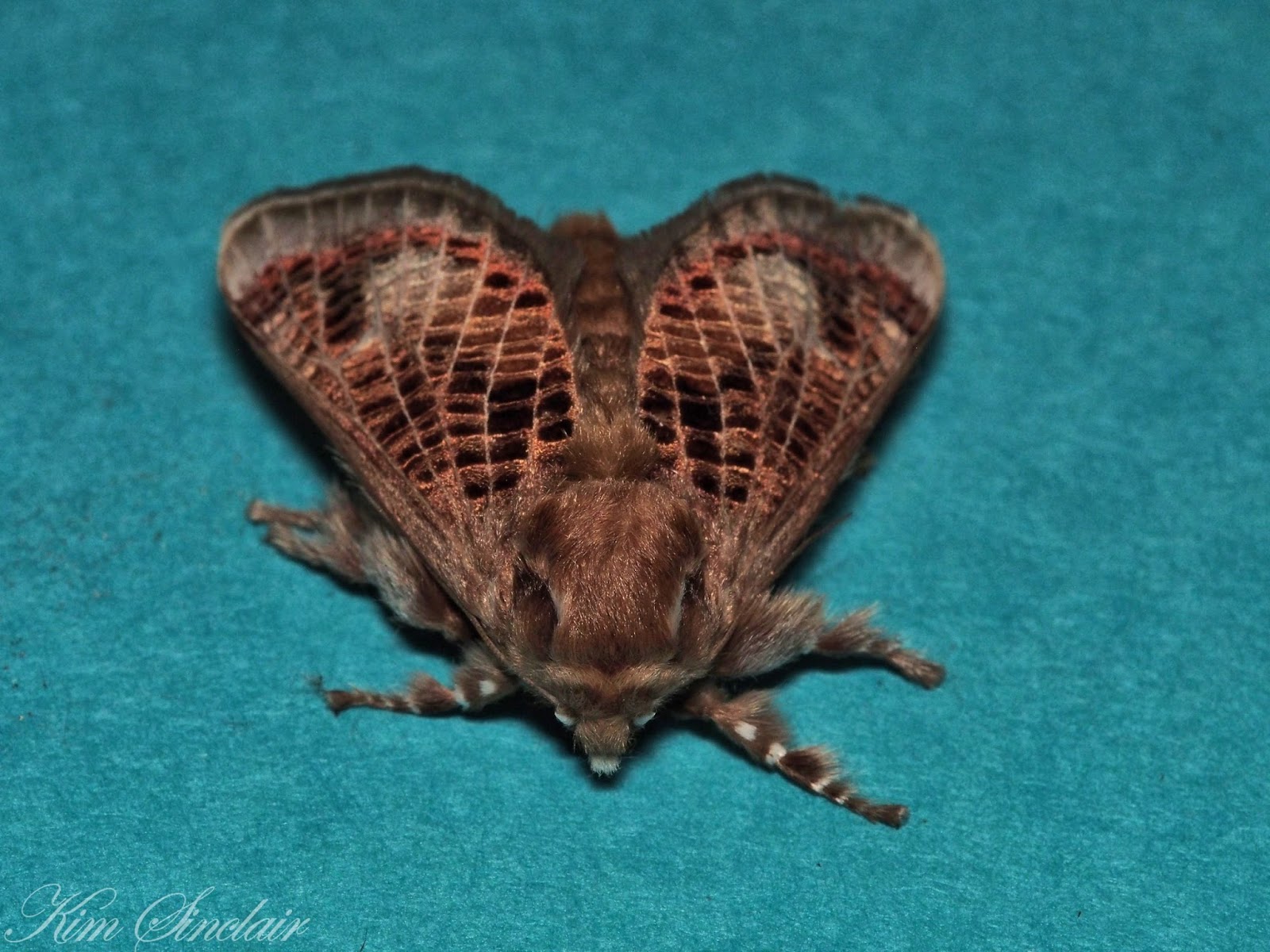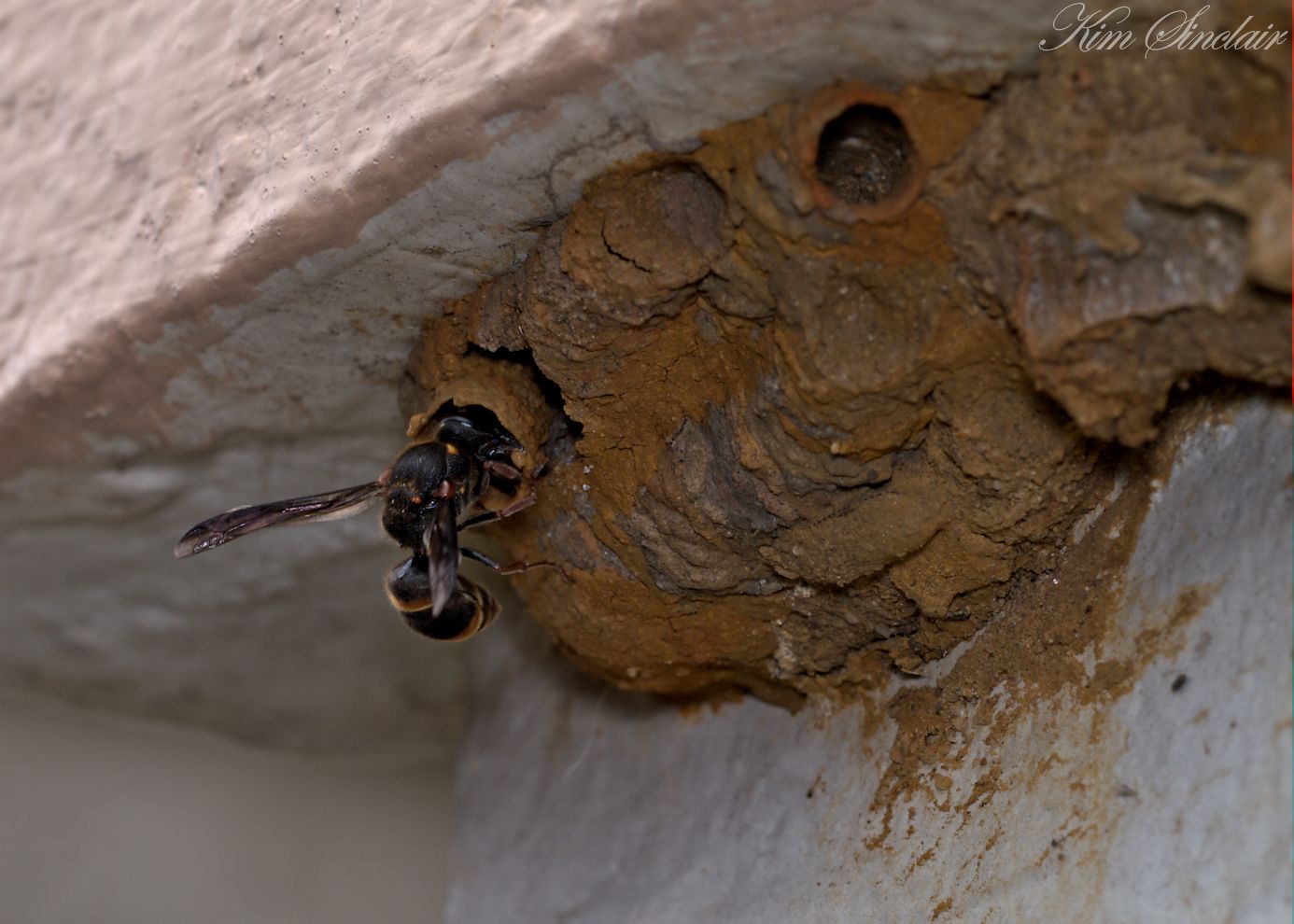Welcome back! You probably thought this BLOG was abandoned and forgotten and I admit I was tempted to leave it be since I felt I couldn't post anything worthwhile that I hadn't posted before but spring has renewed my interest with all the life I see around me in the garden and my life in general is on a better track but I've been working on it. We all know you have to put something in to get something out of life and so I've been studying and keeping busy with my work which is paying off.
So, enough about me because I know you want to know how the microcosm is going and I'm pleased to say it is buzzing with new life! First I saw an Australian Painted Lady butterfly which signifies the beginning of spring to me but we also had some unseasonal very hot days,
and nights unfortunately, this October and so I guess that really got things hatching and eclosing all over the garden.
I've seen some dragonflies and damsels too already and there are plenty of spiders out on the hunt but my greatest surprise was when I saw a Blue-banded Bee
(Amegilla spp) buzzing around my Dianella flowers. On the second day I saw them, I could clearly hear their buzzing and was fascinated to watch them hover for a while then dart away even though it made photographing them a real challenge.
 |
| Blue-banded bee feeding on Hebes flower |
Australia is inhabited by an estimated 2000 species of native bees, many of which have yet to be scientifically named and described. Despite this fact, we have never had Blue-banded (B-b) bees around here before and the only time I've ever seen them was up at Bonnie Doon, Victoria which is in the country a long way from here so never in our local area. These bees, as you will see from my photos, do not look particularly blue but apparently they can vary in shade from blue through green, pinkish and white and it seems to depend on how the sun hits them and from a greater distance, these were definitely blue and black striped. They are more like Bumble bees than honey bees and also pollinate in the same way using what is called 'buzz pollination'. They are particularly good at pollinating tomatoes and capsicum flowers.
"Tomato flowers need a special type of pollination called buzz pollination. The pollen of the tomato flower is trapped inside little capsules and the flower must be vibrated to release the pollen. Some bees can perform this trick by ‘buzzing’ the flower with their strong flight muscles." - Dollin, Ann. 2006. http://www.aussiebee.com.au/aussiebeeonline010.pdf
 |
| Blue-banded bee in flight |
We do not have Bumble Bees in Australia except in Tasmania where they were introduced accidentally. As the record for ecological disaster is evident with imports such as the Cane Toad and the rabbit, it is understandable that we do not want to introduce any more creatures with unknown effects on our ecology. However, glasshouse tomato growers are keen to find a natural pollinator and there has been pressure to allow the Bumble Bee to be imported which is where our native Blue-banded bees come in. There has been some excellent research into using them in glasshouses finding that there is a 20-24% increase in yield when tomato flowers are pollinated by these bees instead of artificial wand pollinators. (Also from above link)
 |
| Blue-banded bee flying toward Dianella flowers |
I've found out that Blue-banded bees only forage for food when the temperature is above 18 C degrees, with 20-25C being optimum, and are attracted to blue flowers. Happily I have lots of bluish flowers in my back garden and the warmer weather is here so I expect to see these beauties more often. However, to try to encourage them to hang around, I am going to make some nests for them. They usually nest in the ground but also in mudbrick houses and other soft mortar so I want to follow the instructions given here http://www.aussiebee.com.au/aussiebeeonline008.pdf to make some so they will hang around and be here again next spring! I just need to acquire all the right materials so I make them residences they will want to own. In other words, my bee hotels/homes will be so good that they'll be prime bee real estate!
I only ever saw two at a time but am hoping that more will appear or at least those will stay around! I'll let you know how I get on. It's meant to be hot again tomorrow so maybe the B-B bees will be back.
Meanwhile, let me tell you about another one! I know I've seen this little one around before; it is a very small native bee and was feeding at the same flowers. I identified it as a Resin Bee (
Megachile, formerly in genus Chalicodoma). This very small bee collects pollen on its abdominal hairs which you can see it doing in the photo below.They are called resin bees because they collect resins and gums to build partitions between their brood cells and to seal their nest holes. They build their nests in holes in timber and seal them with resin.
 |
| Tiny Resin bee on Dianella flower gathering pollen on its abdominal hairs |
Among Australia's mostly solitary bees, male bees play no part in nest building and care of the brood. Their role is to mate with the female which they ensure by fighting other males off and defending a good source of food. Hence, when you see a bee drive another away from its territory, it is usually to defend its foraging patch and any possible mates. The females on the other hand, supply the nest, lay the eggs and provide enough food for the larva to grow on.
I've had an interest in Australian native bees for a while but am suddenly very keen to learn more and endeavour to provide a good habitat for them. We need all the pollinators we can get!
As usual, when I start typing, the post goes in a totally different direction to what I had planned and since I spent so much time talking about bees, I think I will save the rest of my news for another post.
I'll be back soon!









































